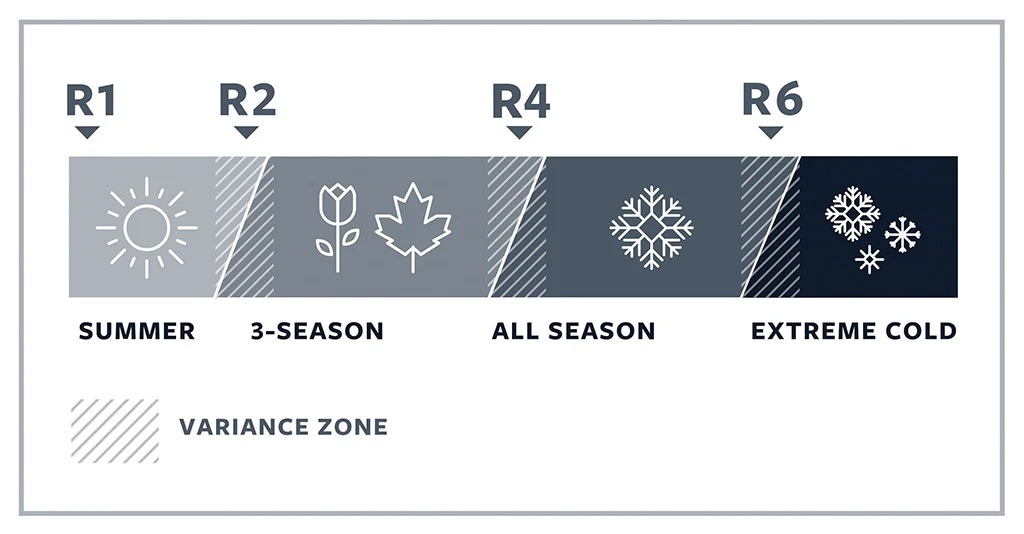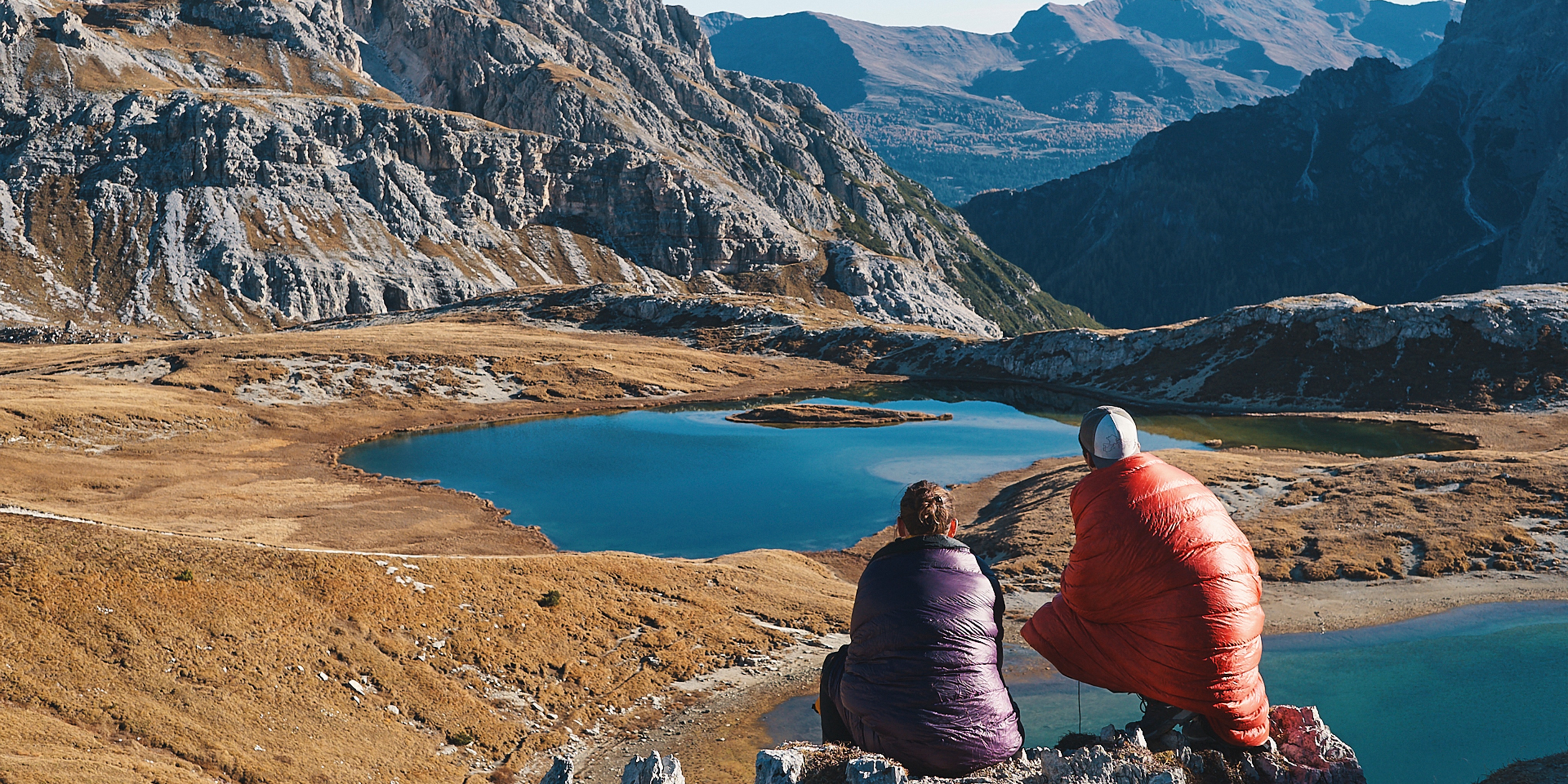What is a Backpacking Sleep System?
Introduction
Many articles on this blog and the internet mention sleep systems. Here is a quick description of what a backpacking sleep system is and each piece. Sleep system refers to all the components a backpacker carries to sleep in a primitive environment. At a high level, Backpacking sleep systems feature insulation to trap body heat and a shelter to protect from weather.
Shelter
There are nearly infinite options for shelters, from a full double wall tent, to a minimal bivy and tarp. Shelters block wind and weather that can affect sleeping outside. This weather can directly impact the warmth of a sleep system by getting gear wet. Wind can also significantly impact sleep by leaching warmth away from your direct area. Every user experience can vary based on skill, environment, or conditions. For more information, check out our types of shelter article.
Insulation
Sleeping Quilt or Sleeping Bag
The largest part of a backpacking sleep system’s insulation is the sleeping quilt or bag. Sleeping bags wrap the entire body in insulation, either down or synthetic, including a hood. Quilts differ slightly by not wrapping the entire body, offering a more natural, bed-like experience. For more comparison, read our article Sleeping Quilts vs Sleeping Bags. For the rest of this article, we’ll refer to sleeping quilts.
Insulated Sleeping Pad
The most often overlooked part of most backpacking sleep systems is an insulated pad. Insulated pads minimize radiant heat loss through the ground. The insulative value of a sleeping pad is measured by the R-Value. Therefore, it is extremely important to match the quilt rating with the pad insulated pad rating. A warm enough quilt can easily be limited by an under-insulated pad causing heat loss to the ground. We all wish that sleeping pad ratings and sleeping quilt ratings match up perfectly, but alas, we have to make helpful graphs to show the correlation.

Sleeping Clothes
Sleep clothes contribute to the sleep system's warmth but also are subject to more personal preference. Generally, we recommend a set of base layers to keep your quilt clean and a form of hat or insulated hood to substitute for a hood. However, on especially cold nights, it might be necessary to sleep in all insulated layers.




